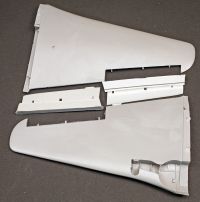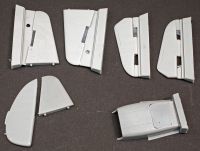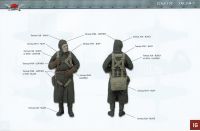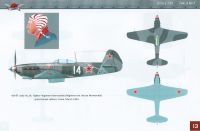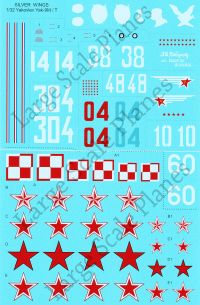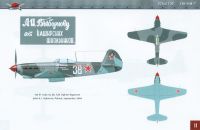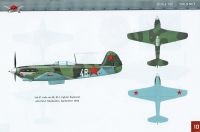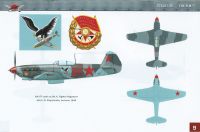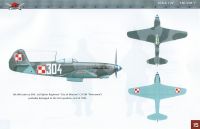Silver Wings | 32-021: Yakovlev Yak-9 M/T
Reviewed by Ray Peterson
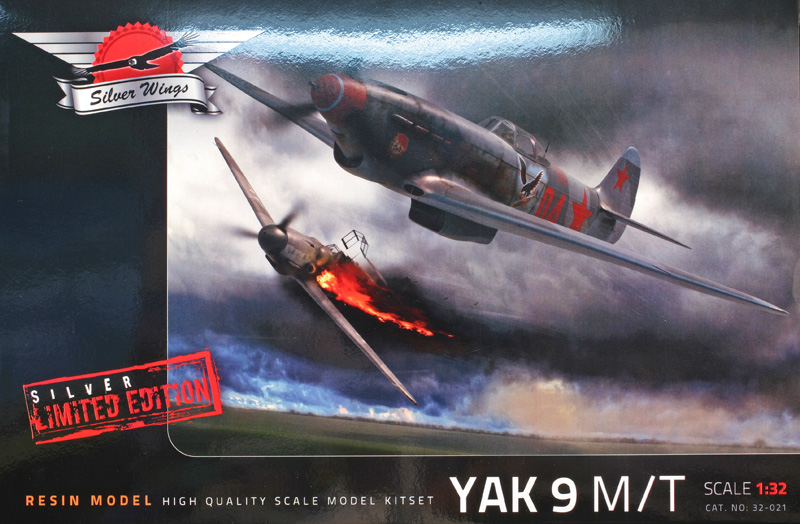
Introduction
The latest release from Silver Wings is the Yak 9 M/T. The M is more of a later standard airframe armed with a 20mm cannon fired through the spinner, while the T variant is one of the heavily armed 37mm cannon variants. The M carried more fuel so had a longer range, while the heavier armed T actually was faster if having a shorter range. According to the Monograph (see references), I believe you could also model the 45mm K model, if you had some correctly sized nesting tubes. The only other difference is the engine subtype, but I doubt there is any external differences other than the cannon.
The Kit
Primarily a resin kit, it is composed of 99 (by my count) resin parts, one PE fret of about 80 parts, 3 Master barrel tips, three clear resin canopy parts, a piece of film with the instrument dials, and three sheets of decals, all well packed in a beautiful, very professionally done box with nice boxart. A separate rolled up frameable copy of the box art is also included, as is a 2-part resin Soviet pilot.


The resin is very well cast, with some clean-up needed for flash and seams, plus the removal of a few casting blocks. Once cleaned, the parts would almost pass for injected molded. The wings are cast as single solid pieces. Details look very good, with many, many small parts. Separate flaps, elevators, rudder and ailerons are provided.
The cockpit is very well detailed, consisting of about fifty-six parts, including PE parts. The instrument panel is PE with instruments on a film to place behind after painting the back white. The tubular frame is well represented as well as the radio deck behind the cockpit. You might want to add some wiring, though, to really spice it up. (Note a loose piece of flash ended up in the seat pan and I didn't notice it. It isn't cast in there.)
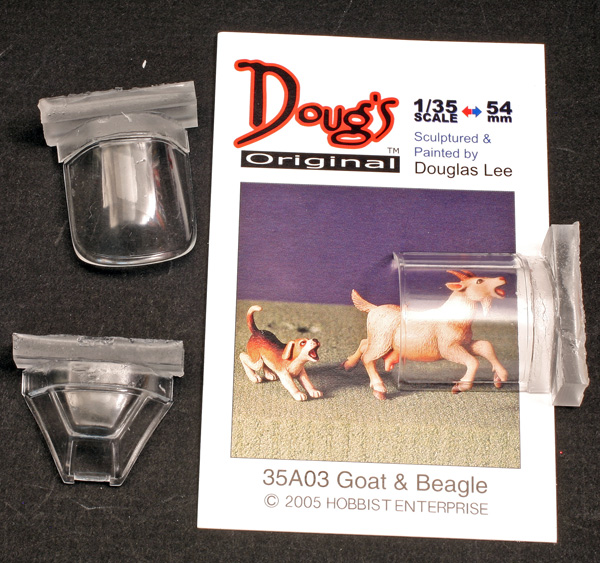
The resin canopies look quite clear and should really sparkle with a dunk in Future. An additional five parts are used here.

The fuselage comes as two halves. The wings are solid with the wheel well area cast partly in the fuselage and partly in the wings. Wings and tail plane are solid cast parts and are simply butt-joined to the fuselage. Elevators, ailerons, and rudder are all separate. I recommend adding pins as reinforcement when assembling these parts to strengthen the joints.
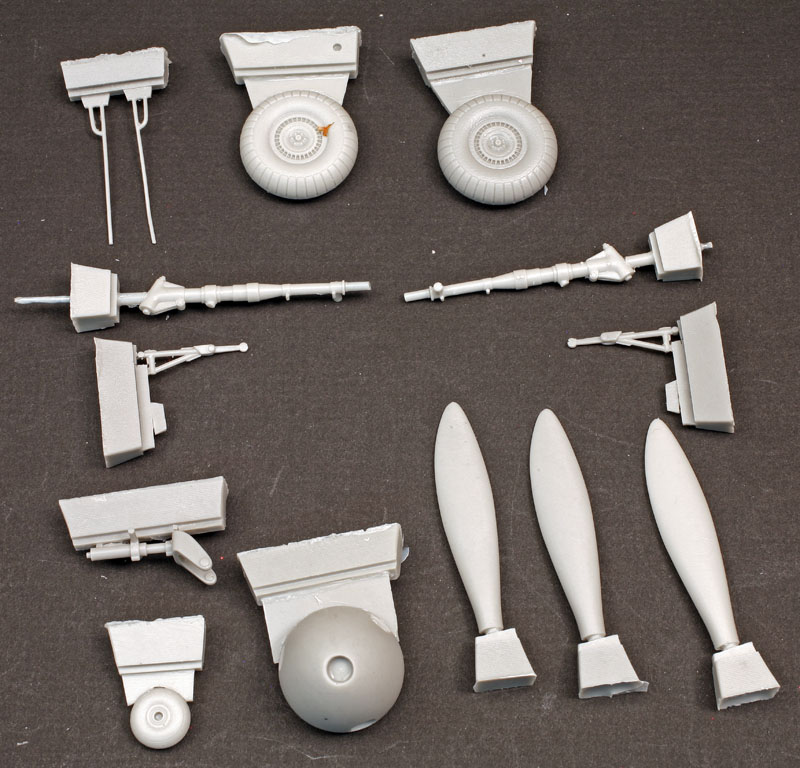
The landing gear also consists of several parts, 35 by my count. By now, you should realize this is a very detailed model! The gear itself is resin, with metal wires cast inside as the resin.

Smaller parts include the antenna, pitot tubes, and several small rods and items I haven't figured out yet.
Instructions are provided as a sixteen-page 7"x 11" (18x27.5cm) booklet. There are seven pages of exploded views and seven color three-views of the different colorful schemes; six Soviet (one Normandie Regiment) and one Polish. You may wish to keep an eye on the Silver Wings website, as they have been posting build guides of their kits, though at the time of this review one had not been posted yet.
Silver Wings has picked a nice collection of quite colorful schemes, most with nose art. The few schemes I found in the references look accurate. The decals are well-printed, though I am not sure by who. They appear thin, but I did not try any so I am not sure how opaque they are or how well they react to setting solutions. The small sheet of nose-art appears to be a solid sheet of decal so remember to cut close to the images. Also included is a small sheet showing examples of the colors required.
Accuracy
The kit looks pretty accurate as per the drawings in the Monograph, and the cockpit and radio deck matches quite well with diagrams in the Leupneek book. Some panel lines are a little thin and need to be deepened, although some of those areas are covered by PE piano hinges. Note: don't forget to add the small PE hatch covers on the bottom of the aircraft, as well as on the engine cowling, plus some resin bumps. a lot of the fine details are done with PE and some of it will be a challenge to assemble with edge gluing such as the strips around the exhausts. One error I found: the triangular armor to be placed in the cockpit behind the pilot's head. They supply a nice resin part with a frame around it. Unfortunately, it is supposed to be armored glass, so should be clear. Use the supplied part to cut a piece of clear plastic out and paint a frame around it and you should be fine. There are some details in the Leupneek book.
Summary
It is nice to see some love given to WWII Soviet aircraft, especially one as common on the Eastern Front as the Yak-9. They should make for a very nice addition to the display case.
Highly Recommended!
References
Yak-9: Sentinel of the Skies (Russian Language); D. L. Leupneek, Archive-Press, Kiev, 2000.
Aircraft Monograph #14: Yak-7, Yak-9; Robert Bock; AJ Press 1999
You can find Silver Wings from their website at http://www.silverwings.pl.
© Ray Peterson 2019
This product is available from the following LSP sponsors
This review was published on Friday, January 11 2019; Last modified on Friday, January 11 2019




